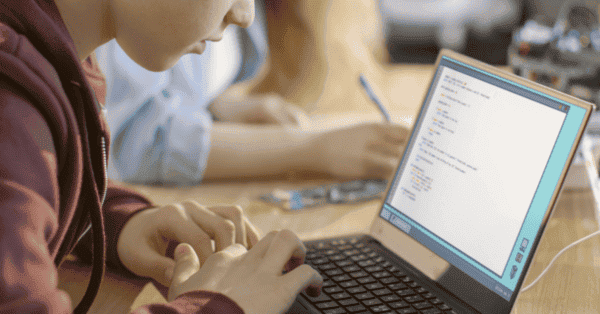If offered the choice between hanging out and doing nothing or developing additional skills over a school break, most children would probably choose to hang out. I would encourage parents/carers to present online skill development as a fun and entertaining alternative by mixing skill development with known and unknown interests.
But first, what are some examples of online skills? Online skills range from the very popular (coding, languages, photoshop, photography, game design, app design) to the very necessary (communicating, writing, critical thinking, problem solving, typing) to the very digital sounding (website design, ethical hacking, programming) and more. Whatever online skills you try should be related to something that your child already loves or that they are interested in trying out using this 3 easy steps:
1. Do your research – create a list of activities that your child loves (known interests) and a list of activities that your child has never tried but might be interested in (unknown interests). Then brainstorm on online skill related to both lists that are child-friendly, age-appropriate courses and training. Ask other parent/carers, friends and family members for ideas and recommendations on camps, courses or training.
2. Co-design with your child – now that you have some idea of the possibilities, sit down with your child and co-create an activity plan. Include downtime, offline time, family time, outside time, activity time, etc. Invite your child to do some online research as well (increasing those online research skills already). If your child loves arts, crafts, science, music or film, look for online activities in those fields. Also look to museums and family centres for their online offerings.
3. Agree, test and revise – try out the activity over the weekend by watching intro videos, reading reviews and just playing. Then test your activity plan over a school break and be prepared to revise and update.
Using the 3 steps above, you really can create a plan that encourages your child to get online, learn something new and manage some of that school break “empty” time.


